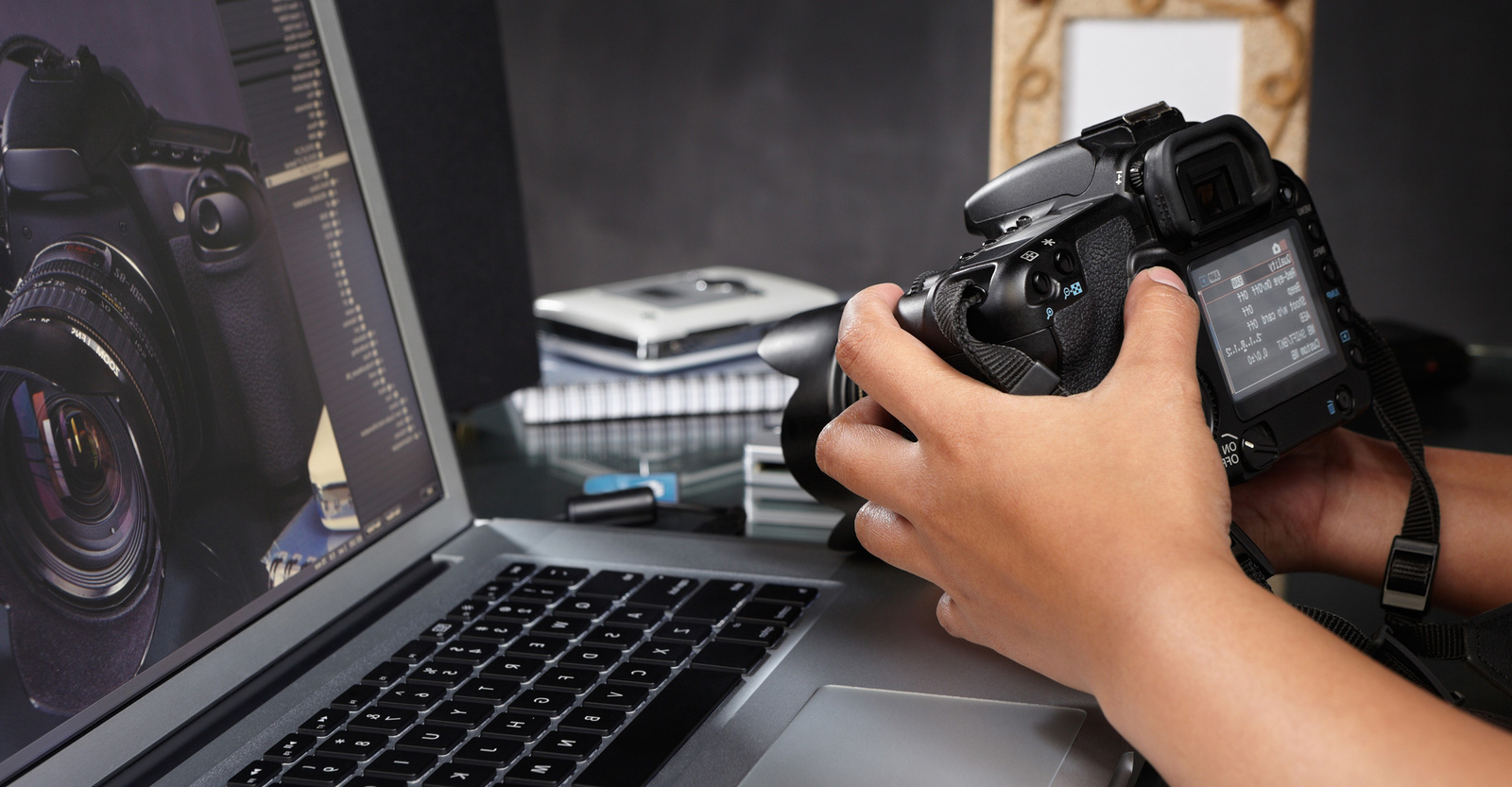There is a right way and a lot of wrong ways to handle a memory card.
It only takes a second to lose all those precious photographs from the wedding you just shot the other day. Or the first steps of your baby – you know how lucky you were to capture that moment in the first place! So make sure you read these tips on how to handle your memory card correctly.
Most DSLR’s use SD memory cards. They have a lot of major benefits like portability and cost. The problem is they can sometimes be unreliable when handled incorrectly. If you’re a pro who shoots a lot chances are you have encountered a card error where photos were lost.
I found an article with best practices for how to handle your memory cards to avoid these catastrophic losses over at SLR Lounge. I highly recommend following these tips. If you have never experienced this type of loss just realize that it’s not a matter of if you’re going to lose photos from a memory card. The question is WHEN will it finally happen to you.
1. Removing The Card While It’s In Use
If the memory card is in a card reader or in the camera, taking it out before the files are fully written is a no-no. You risk disrupting the file structure that every device develops with unique formatting and numbering sequences. When you are done moving or taking pictures, give the device 30 seconds to finish. You also should use a specific card for each device because the cards are formatted to match the specifications of each device, a process that can introduce errors. Your odds of recovery are good in this situation, but the risks are still great, so stick to one card per device.
2. Be Careful Formatting And Deleting Pics
Some camera models employ a very destructive way to permanently delete photos while others use a method that allows them to be recovered. Err towards moving photos to a computer instead of manually formatting and deleting them within the camera to ensure you don’t delete that perfect shot. The chance of recovery is essentially zero for files that are trashed by accident and are subject to destructive deletion.
3. Don’t Be A “Backfiller”
Backfilling is shooting new photos in the place of deleted ones. The problem is the new photos will try to fill digital “holes” left by the deleted pictures, which can cause serious file problems. Recovery is usually impossible in these situations, so be wary of deleting pictures in-camera.
For 3 More Tips Read the full article over at SLRLounge.
Source: SLRLounge


Could you do one article that isn’t located somewhere else and I don’t have to worry about clicking the wrong link?
I don’t bother to look at these click-bait style articles now, usually they are teaching you to ‘suck-eggs’, or they’re just nonsense!!
Click- bait! The worst! Don’t bother!
Guilty of back filer actually lost pic over it makes sense now reading this thk you
Todd Gelinas and AshleynSteve Almeida read this
Selective color.
Never use SD cards. CF cards or crayons and toilet paper.
keeping the lens cap on!
it’s just a link to a page that makes you click on another link to go to another page, probably also plastered with ads…I hate this stuff, especially the ones that give you a paragraph and make you click next
Really appreciate the tips!
Click bait.
Matthew Hough
Just quit now. Nobody makes money at “photoshoots” anyway.
good tips to follow. In my 13 years of shooting digital the only time I have had a problem it was caused by a bent pin on a CF card reader—and I was able to recover the images—one of the reasons I am not a fan of CF cards.
I lost 8 hours after chasing a steam locomotive across 4 states and then a long drive home. Put the CF in reader and nothing. Tried recovery and that failed. My mistake was I only had formatted the CF once when I bought it. Now it gets formatted every time after I move my files off it. Also copy your files and then once verified they are on your storage device IE. Computer then put the CF or your storage card back into the camera and i run format twice. Do not format the card into the computer only into the camera you are going to use it in. Hopes this helps someone. .
Removing the card when it’s in use is the equivalent of exposing the film to bright light. There are also many mistakes that can ruin a photoshoot such as never using flash, using the wrong ISO, never backing up your pictures and the list goes on.